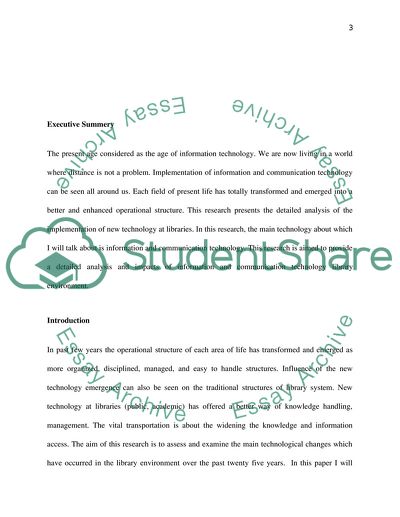Cite this document
(“Impact of ICT in libraries over the last 25 years Essay”, n.d.)
Retrieved from https://studentshare.org/miscellaneous/1558671-impact-of-ict-in-libraries-over-the-last-25-years
Retrieved from https://studentshare.org/miscellaneous/1558671-impact-of-ict-in-libraries-over-the-last-25-years
(Impact of ICT in Libraries over the Last 25 Years Essay)
https://studentshare.org/miscellaneous/1558671-impact-of-ict-in-libraries-over-the-last-25-years.
https://studentshare.org/miscellaneous/1558671-impact-of-ict-in-libraries-over-the-last-25-years.
“Impact of ICT in Libraries over the Last 25 Years Essay”, n.d. https://studentshare.org/miscellaneous/1558671-impact-of-ict-in-libraries-over-the-last-25-years.


